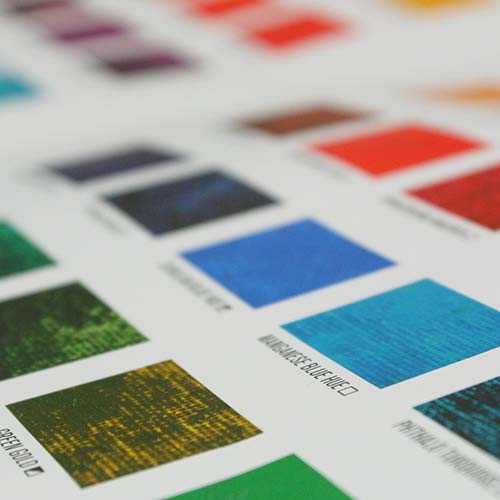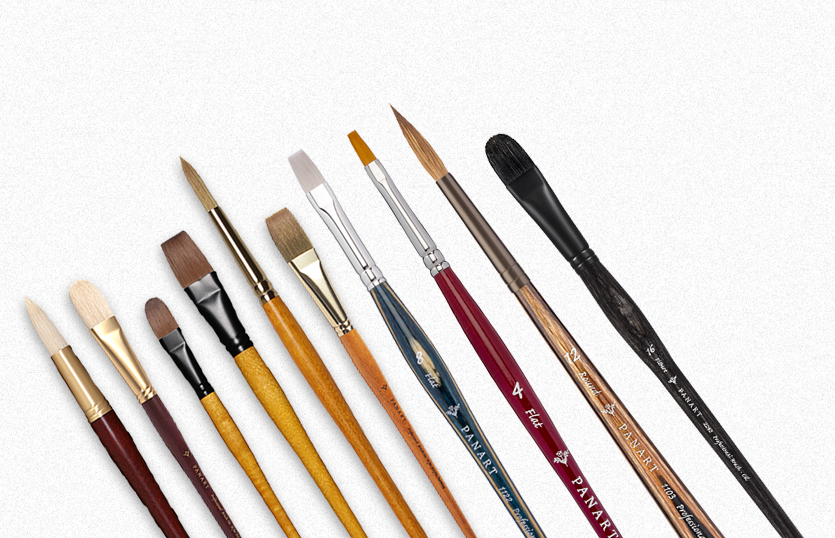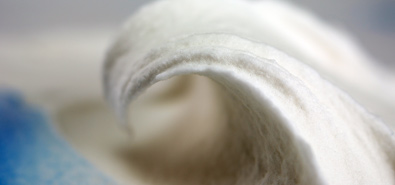Product information "Kremer Leinol Standol (73200)"
Product information "Kremer Leinol Standol (73200)"
73200 Linseed stand oil, 45 P CAS No.: 67746-08-1
In earlier centuries, when more complicated cleaning methods were not yet available, fatty oils were often left to stand for longer periods of time and called "stand oils". This caused mucilage, impurities and other deposits to settle to the bottom, and the material, which had thus cleaned itself to a certain extent, could be skimmed off or sucked off. To avoid premature oxidation on the surface, the standing vessels had to be carefully filled to the brim and then sealed against the air. Today, stand oil is understood to mean something completely different: Natural oils are slowly heated to around 250°C, and in the case of the types for painting and coating techniques, this is done in an airtight manner, which in practice is achieved by allowing carbon dioxide to flow over the surface of the boiling oil. A slight thickening occurs without this shortening the drying times, but rather the opposite occurs. Colors rubbed with this dry with a glossy surface and their weather resistance is significantly increased, hence their use as a painting medium or as a binding agent additive for oil paintings that are exposed to the weather outdoors. Stand oils can be boiled from all fatty oils. In contrast to "boiled oils" (with oxygen supply), they remain light. The most common stand oil on the market is made from high-quality varnished linseed oil (73300). However, it is also possible to produce poppyseed oil, nut oil and sunflower stand oil in a similar way. Stand oils that have been stored for a longer period of time become cloudy over time, which originates from irregularly distributed, small islands in the total amount of liquid. According to experts, this is a polymerization phenomenon, i.e. a type of initiation of the drying process, but this does not necessarily have a negative effect from a technical point of view.
Source: "Materials and techniques of painting" (1967) by Kurt Wehlte
Metal content (AAS):
Chromium: cannot be determined, as < 1 ppm
Manganese: cannot be determined, as < 1 ppm
Cobalt: cannot be determined, as < 1 ppm
Mercury: cannot be determined, as < 1 ppm
Vanadium: cannot be determined, as < 1 ppm
Zirconium: cannot be determined, as < 1 ppm
Zinc: 1.4 ppm
Login









